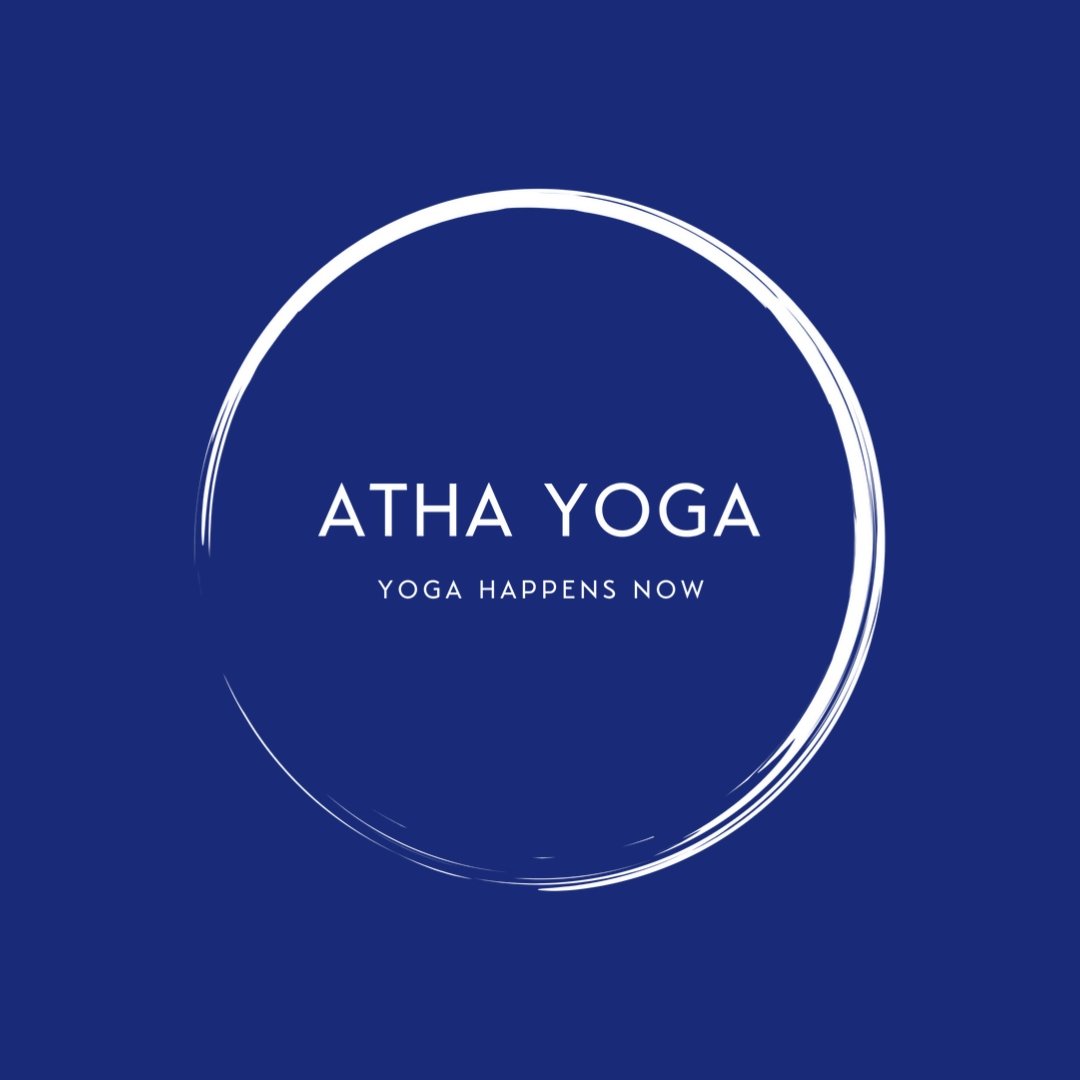Liberation of Seeing
Yoga is a darśana - a perspective. While the word yoga has many meanings depending on context, the practice of Yoga is a path of liberation. The root of the Sanskrit word darśana is drš - to see. It gives us a hint that what is liberated is our seeing. According to Yoga, liberation does not mean that we are miraculously lifted up, dissolved and sent off into the ethers. No, it is much more practical than that.
This very practical perspective of Yoga includes a variety of frameworks describing the human system. These frameworks offer us an understanding of what it means to be alive as a person in a body who is in relationship to everything else in the Universe. When our seeing is liberated, then we increase our capacity to move through the world - still in our bodies, doing all the things that bodies do - without leaving a residue. We have fewer moments of “clean up on Aisle 9” and more moments of experiencing the world as it actually is with genuine clarity.
This month, the Radical Yoga Sūtra Study Group, found ourselves exploring the term śikśana. Śikśana is part of a Yoga framework that delineates our lifespan and how we might practice accordingly within it. For the next several posts, I want to explore this a bit as it is a very interesting way of seeing the arc of a human life. For these posts, I am going to use our current understanding of how long a typical lifespan might be - in ancient India, these age thresholds probably would have been lower.
Traditionally, śikśana refers to the time of life from birth to about age 25 when our main role is that of student. We are learning not just academics but also how to be an adult in the world. We usually are energetic so our practices are about building up strength, flexibility and stamina. We are learning to direct and contain our prāna, or life force energy, rather than scatter it. The main focus is on āsana (physical postures) and often the far end of what is possible within each āsana.
These practices set us up for the next stage of life: rakšana. Rakšana is the householder phase when we are focused on our career, creating and supporting a family, etc. We need practices that maintain our strength, flexibility and stamina but don’t leave us feeling depleted. If we continue to do highly physical practices, we may not have enough energy to correctly fulfil our duties and role in life. Rakšana is maintenance and our practice is centred on prānāyāma (extended breath).
Then, around age 70, we enter the last stage of life when we are no longer working full time and our children have grown up and we no longer need to support them. In fact, they may have even taken on our care and support. Now, our energy and attention can be directed inward. We can take up serious study of sacred texts and our role is to be an Elder in the community. The emphasis is on meditation practices.
There is one more category in this framework - cikitsa or therapy. Cikitsa is needed when there is injury or illness, which can occur at any of the stages of life. We take up a therapeutic practice at this time so that we can heal, recover and return to the practices that are appropriate for us. Cikitsa practices are not intended to be long term.
Viniyoga often is associated with cikitsa because it is so adaptable and individualised - perfect for the therapeutic setting. But to suggest that this is all it is is a very limited view. Viniyoga includes a full range of practices from those that are very physically powerful and forceful to practices that can be done at the end of life, in a dying body. We do ourselves a disservice to pigeonhole Viniyoga as solely yoga therapy!
In my next post, I will explore śikśana more explicitly. This is in anticipation of a class series that we will be starting early next year - The Power of Prāna - where we will be working on some powerful āsana and mudrā postures accompanied by challenging prānāyāma ratios. It will be an opportunity to explore this end of Viniyoga, which is so often overlooked.
If you prefer to listen, this blog post also is offered as a podcast titled Yoga Happens Now. It is available wherever you get your podcasts!
